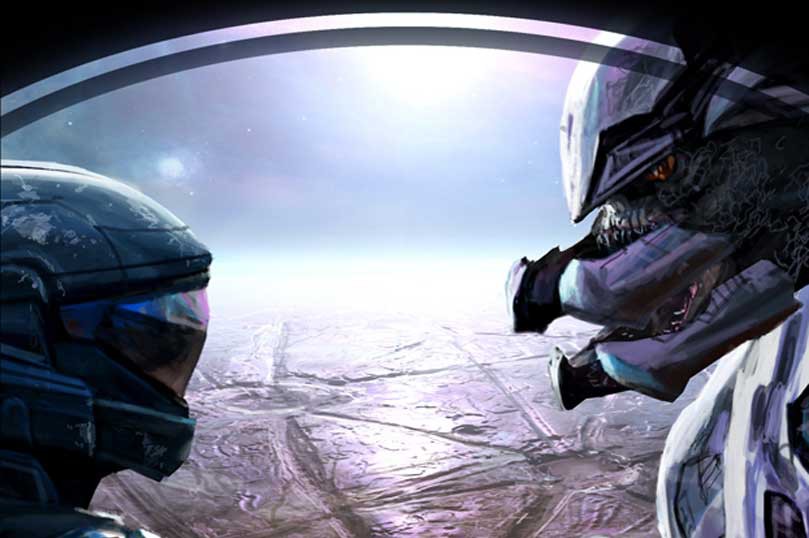
Throwback Thursdays: Before the Golden Age
Welcome to Throwback Thursdays on the Tor/Forge blog! Every other week, we’re delving into our newsletter archives and sharing some of our favorite posts. In Carrie Vaughn’s After the Golden Age, Celia, the daughter of superheroes tries to live a normal life, lacking the power of her parents. It’s not easy. Now, in January’s Dreams…

